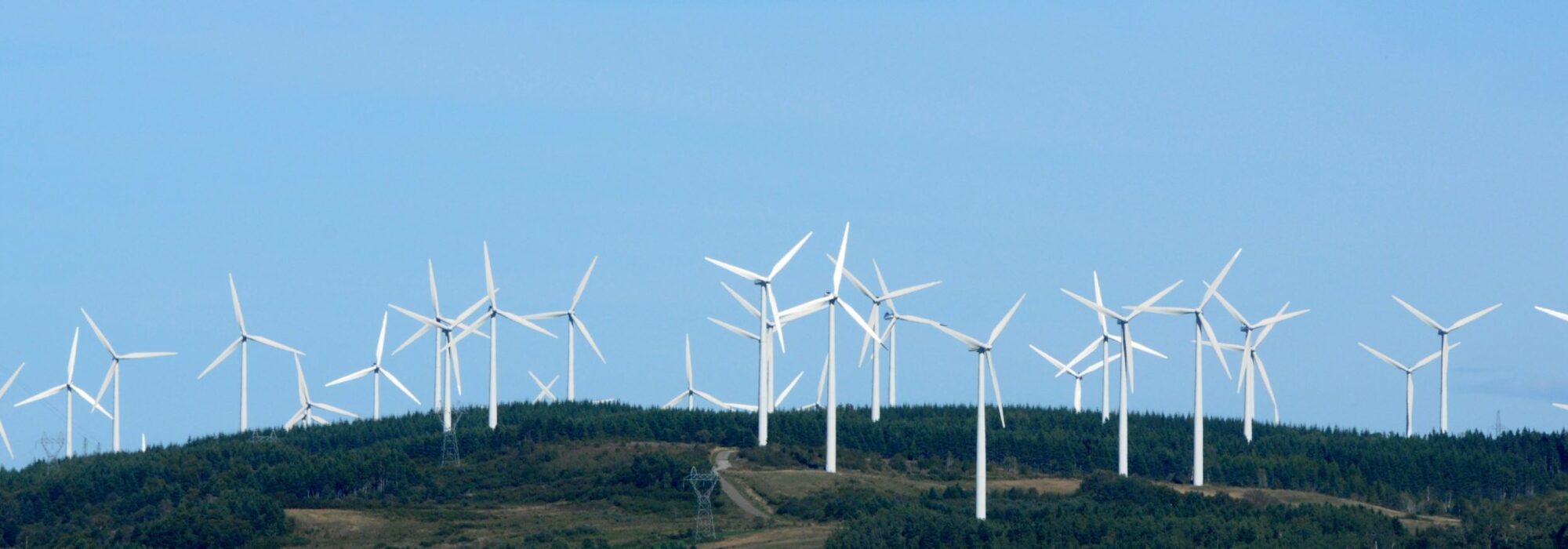
Overview of the financial impact of the Quebec wind energy industry on communities

Aviseo was commissioned by the Canadian Wind Energy Association (CanWEA) to provide an overview of wind power activity in Quebec and the regional economic footprint of wind turbine installation. Wind power contributes to the share of renewable energy produced and consumed in Quebec. Its capacity has increased rapidly with the development of a number of wind farms and each facility’s increase in capacity. Wind projects are well integrated into communities: they are used to boost the economies of several municipalities and generate revenues that are then used to support community and social activities that are environmental and educational in nature.
Key figures
- In 2019, there will be an installed capacity of 4,000 MW of wind power in Quebec—240 MW more than at present.
- Our 39 wind farms have more than 2,000 total wind turbines.
- Five private companies generate 80% of the power and own 75% of the wind turbines in Quebec. EDF Renewables Canada, Boralex and Cartier Wind Farms are the three largest companies.
- Wind turbine generation has increased by 8.5% per year since 1999 and has increased from 0.8 MW per wind turbine to 3.8 MW per wind turbine (expected for the Apuiat wind farm project in 2019).
- Quebec’s wind farms involve investments of around $10 billion, including construction, connections to the Hydro-Québec network and investments in businesses.
- There are wind farms in 70 communities. In 15 of these communities, more than 50% of the power generated in their region is produced.
- Communities are provided with $120 million each year, with nearly 30% being provided to Indigenous communities.
- The Quebec government is expected to achieve annual revenues of $24.2 million in 2020, when all active and planned wind farms have reached their full production capacity.
Please note this publication is only issued in French.
